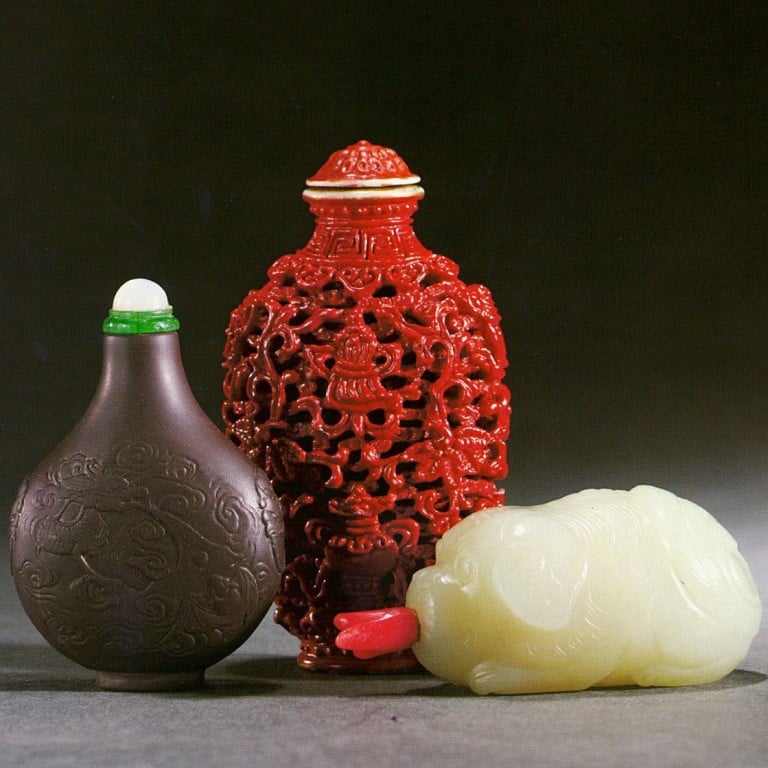Explainer / What are snuff boxes and why are they so collectible? European royals made the ornate jewelled boxes popular in the 16th century – now they go for top dollar at auctions

- Though snuff boxes have almost vanished from use, they retain a royal connection that makes them ever more collectable, with Queen Catherine de Medici of France sparking the trend
- A historic, 18k gold snuff box carrying the cipher of Napoleon Bonaparte was auctioned by Bonhams in October 2021 for US$91,000 while Asian varieties are made of ivory and jade
Today, the once-popular habit of sniffing powdered tobacco or “snuff” has almost completely died out and the small containers that were the practice’s essential accessory are rarely seen.

To keep their snuff fresh, users kept their stash in tightly sealed containers, which were often made of precious metals and ornately decorated with jewels, enamel and miniature paintings. These receptacles generally took the form of boxes in the US, Britain and Europe. In Asia, small bottles made of glass, ivory or jade were more often used.

Though harmful tobacco has since fallen out of favour and is even more rarely taken in snuff form today, snuff boxes are growing in collectability.
A tortoiseshell snuff box painted with a scene of Italy’s Amalfi coast, once owned by British naval hero Admiral Horatio Nelson, is currently listed by a dealer in the UK with a price tag of US$59,000 (£45,000).

Another historic snuff box, an ornate 18k gold example carrying the cipher of Napoleon Bonaparte, was sold at auction by Bonhams in October 2021 for £69,000. Bequeathed to his son, the box had been in the possession of the deposed French emperor (who was an enthusiastic user of snuff) during his exile on the South Atlantic island of St. Helena.